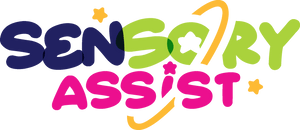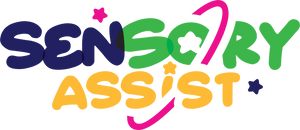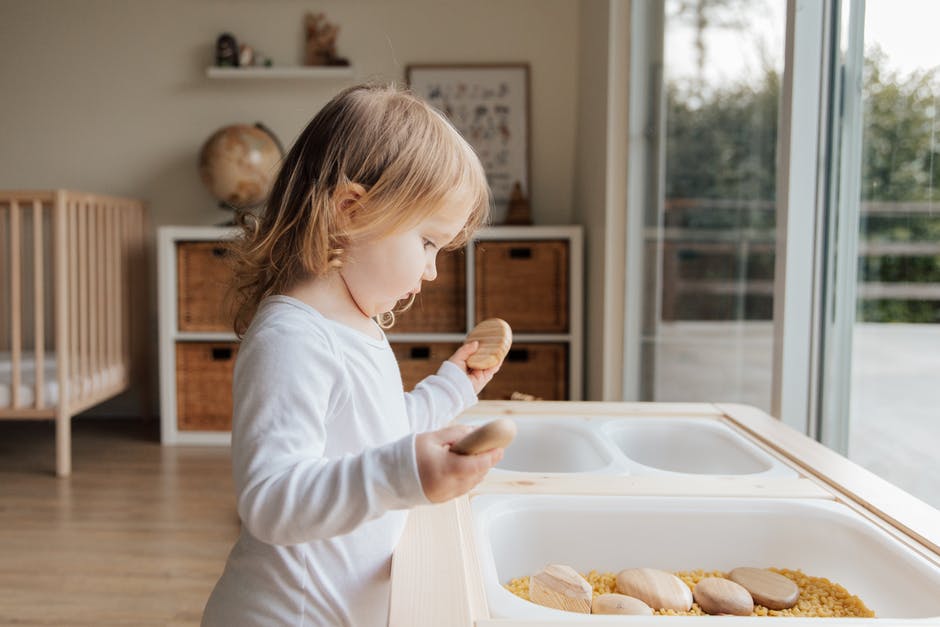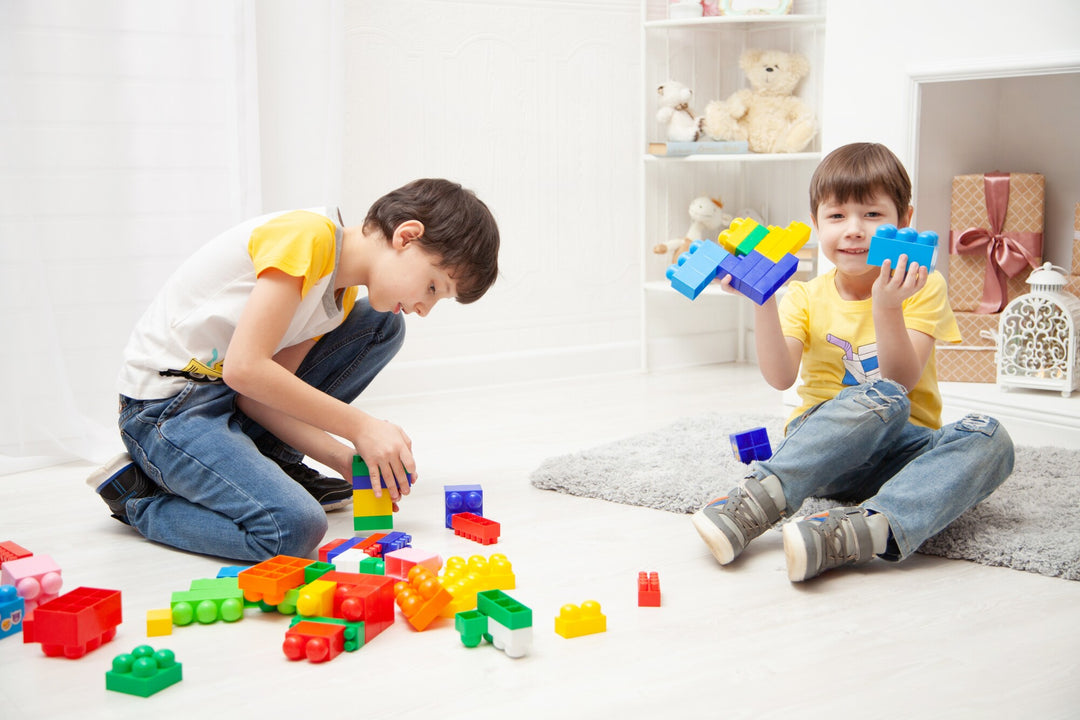How Fidget Toys and Aids Can Enhance Concentration

There are many reasons fidget tools have become popular in educational settings, particularly within early childhood and primary education over recent years. These tools, designed to provide sensory input, have been recognised for their potential to enhance concentration and support a wide range of learning needs and styles. Let’s explore just how versatile fidget toys are and the role they can play in different environments, as sensory aids that can be easily integrated into educational spaces.
Understanding Fidget Tools and Their Purpose
Fidget toys and tools, often referred to as sensory aids, are objects that individuals can manipulate to provide tactile, visual, or auditory stimulation. Common examples include stress balls, fidget spinners, and textured items. These tools are particularly beneficial for students who may experience challenges with attention, such as those with Attention Deficit Hyperactivity Disorder (ADHD) or sensory processing disorders.
Benefits of Fidget Tools in Educational Settings
Integrating fidget tools into classrooms offers several advantages:

- Enhanced Focus: Providing sensory input can help students maintain attention during lessons.
- Stress Reduction: Manipulating fidget tools can serve as a calming activity, reducing anxiety and promoting a sense of security.
- Improved Behaviour: By offering an outlet for excess energy, fidget tools can decrease disruptive behaviours and support self-regulation.
- Sensory Integration: These tools assist in processing sensory information, which is crucial for students with sensory processing challenges.
Recommendations for Using Fidget Tools in Different Settings
The application of fidget tools varies across environments. Here are tailored recommendations:
- Early Childhood Education:
- Selection of Tools: Choose age-appropriate, safe, and non-distracting fidget tools. Soft stress balls or textured fabrics are suitable options.
- Integration into Activities: Incorporate fidget tools into circle time or storytelling sessions to help children remain engaged.
- Guidelines for Use: Establish clear rules to ensure that fidget tools are used appropriately and do not disrupt learning.
-
Primary Education:

- Diverse Options: Offer a variety of fidget tools to cater to individual preferences, such as fidget cubes, putty, or elastic bands.
- Designated Areas: Create a 'sensory corner' where students can access fidget tools when needed.
- Teacher Training: Educate staff on the benefits and proper implementation of fidget tools to maximise their effectiveness.
- Home Environment:
- Homework Support: Provide fidget tools during study time to help children concentrate on tasks.
- Travel Use: Utilise portable fidget tools during car rides or waiting periods to keep children occupied and calm.
- Parental Involvement: Encourage parents to observe and identify which fidget tools best support their child's focus and relaxation.
How To Choose The Best Fidget Toys To Help With Concentration
When choosing fidget tools, consider the following factors:
- Safety: Ensure that the tools are non-toxic and free from small parts that could pose choking hazards.
- Durability: Select items that can withstand frequent use without deteriorating.
- Sensory Appeal: Choose tools that provide the desired sensory input, whether tactile, visual, or auditory.
- Discreteness: Opt for tools that are unobtrusive and do not distract other students.
Examples of Fidget Tools from Sensory Assist
Sensory Assist offers a range of fidget tools suitable for various settings:

- Kaiko Fidget Range: This collection includes discreet and effective fidget tools designed to support focus and self-regulation.
- Theraputty: A versatile tool that provides tactile stimulation and can be used to strengthen hand muscles.
- Chewable Pencil Toppers: Ideal for students who seek oral sensory input, these toppers are safe and discreet.
- Weighted Lap Pads: Providing deep pressure input, these pads can help calm and focus students during seated activities.
Implementing Fidget Tools Effectively
To maximise the benefits of fidget tools, consider the following strategies:
- Educate Students: Teach students about the purpose of fidget tools and how to use them responsibly.
- Monitor Usage: Observe students to ensure that the tools are aiding concentration and not becoming a distraction.
- Personalise Selection: Allow students to choose fidget tools that best meet their individual sensory needs.
- Evaluate Effectiveness: Regularly assess the impact of fidget tools on student focus and adjust strategies as needed.
Fidget tools can be useful aids in enhancing concentration and supporting sensory needs across educational settings. By thoughtfully selecting and implementing these tools, educators and parents can create environments that foster focus, reduce anxiety, and promote positive behaviours. For a comprehensive selection of fidget tools and sensory aids, the team here at Sensory Assist, have curated a range of leading sensory tools, toys and resources designed to support diverse sensory requirements.
Discover more if you’d like to learn about the top sensory-friendly travel tips for families.













